Itching that won’t go away-no rash, no bug bites, just relentless, deep, bone-deep itch. For people with cholestatic liver disease, this isn’t just annoying. It’s exhausting. It keeps you up at night. It makes you scratch until your skin bleeds. And the worst part? Most over-the-counter antihistamines won’t touch it. That’s because cholestatic pruritus isn’t caused by histamine. It’s caused by bile acids and other toxins building up in your blood when your liver can’t drain them properly.
Why Does Cholestasis Make You Itch?
Cholestasis means bile isn’t flowing the way it should. Whether it’s from primary biliary cholangitis (PBC), primary sclerosing cholangitis (PSC), or even pregnancy-related cholestasis, bile gets backed up. And when that happens, certain substances-like bile acids, lysophosphatidic acid (LPA), and endogenous opioids-start circulating in your bloodstream. These aren’t your typical allergens. They trigger itch signals directly in your nerves and spinal cord. That’s why scratching doesn’t help. You’re not fighting an irritant on your skin; you’re fighting a signal your body keeps sending because your liver is struggling.
Up to 70% of people with PBC experience this kind of itching. In PSC, it’s less common-around 10-15%-but still a major problem. And in intrahepatic cholestasis of pregnancy, it can be so severe it leads to early delivery. The itch usually starts on the palms and soles, then spreads. It gets worse at night. And no, it’s not caused by dry skin. Moisturizers help a little, but they don’t fix the root issue.
First-Line Treatment: Bile Acid Resins Like Cholestyramine
The go-to first step? Cholestyramine. It’s a bile acid resin-basically a sponge that grabs bile acids in your gut before they get reabsorbed. Instead of going back into your bloodstream, they get flushed out in your stool. Simple, right?
Standard dose starts at 4 grams once a day. Your doctor will slowly increase it, up to 16-24 grams a day in divided doses. It can cut itching by 50-70% in people who respond. But here’s the catch: most people can’t stand it.
Cholestyramine is a gritty, chalky powder. Mixing it with water gives you something that tastes like wet sand. A 2020 survey in Liver International found 78% of patients hated the taste. In a 2021 patient survey of 342 people, 65% gave up on it within three months because of the texture and side effects-constipation, bloating, nausea. Even when it works, the side effects make it hard to keep taking.
There’s another problem: it binds to other meds. If you’re on thyroid medicine, blood thinners, or even birth control, cholestyramine can stop them from working. You have to take it at least one hour before or four to six hours after everything else. That’s a lot to manage.
Second-Line: Rifampin and the Orange Urine Trade-Off
If cholestyramine doesn’t cut it, the next step is rifampin. It’s an antibiotic, but here it’s used for something totally different-inducing liver enzymes that help clear bile acids and other itch-causing toxins. Dose is usually 150-300 mg daily. Many patients see improvement in two weeks.
Studies show it works in 70% of PBC patients. In PSC, it’s less effective-around 45%. But here’s the trade-off: your urine turns bright orange. Your sweat might too. Your tears? Sometimes. It’s harmless, but it freaks people out. One Reddit user wrote: “Rifampin turned my urine orange but reduced my itching from 8/10 to 3/10 within 2 weeks-worth the discoloration.”
There’s a risk: rifampin can raise liver enzymes in 15-20% of users. Your doctor will monitor your blood work closely. It also interacts with over 50 medications because it speeds up how your liver breaks them down. Birth control, statins, antifungals-anything metabolized by CYP3A4 could become less effective.
Still, for many, it’s the difference between sleepless nights and being able to function. Discontinuation rates are low-only 10-15%-because the benefit outweighs the weird side effects.

Third-Line: Naltrexone and Sertraline
If rifampin doesn’t help-or if your liver can’t handle it-the next options target the nervous system, not the liver.
Naltrexone blocks opioid receptors in your brain. Turns out, your body makes natural opioids when bile builds up, and those trigger itching. Naltrexone shuts that down. Dose starts at 6.25 mg daily and goes up slowly to 50 mg. Response rates? Around 50-65%. But the first few days? Brutal. About 30% of patients feel like they’re going through opioid withdrawal-nausea, anxiety, sweating, insomnia-even if they’ve never used opioids. That’s why doctors start low and go slow.
Sertraline, an SSRI antidepressant, is used off-label. It’s not clear exactly how it helps, but it seems to modulate serotonin pathways involved in itch signaling. It works best in PBC patients-40-50% see improvement. It’s less effective in PSC. Dose is 75-100 mg daily. The upside? It helps if you’re also dealing with depression, which is common in chronic illness. The downside? It can cause nausea, insomnia, or sexual side effects. Not everyone tolerates it.
The New Hope: Maralixibat and Other Targeted Therapies
The real game-changer? Drugs that stop bile acids from being reabsorbed in the gut-not by binding them like cholestyramine, but by blocking the transporters that pull them back into the blood.
Maralixibat (brand name Mytesi) is an IBAT inhibitor. It blocks the ileal bile acid transporter. Less bile acid reabsorption = less in your blood = less itch. It got FDA approval in 2021 for Alagille syndrome, a rare genetic liver disease. But it’s now being used off-label for other forms of cholestasis.
In the phase 3 MARCH trial, maralixibat reduced itch by 47% on a visual scale-nearly matching cholestyramine’s 42%. But here’s the kicker: only 12% of patients stopped taking it due to side effects, compared to 35% on cholestyramine. Patients say it’s easy to take-once daily, liquid form, no grit, no taste. A 2023 Cleveland Clinic survey showed 82% were still on it after six months.
Cost? Around $12,500 a month. Cholestyramine? $65. That’s a huge barrier. But for people who’ve tried everything else, it’s life-changing.
Other drugs are coming fast. Volixibat, another IBAT inhibitor, showed 52% itch reduction in a 2023 trial. Then there’s IONIS-AT332-LRx-an antisense drug that knocks down autotaxin, the enzyme that makes LPA (a major itch trigger). In a 2023 phase 2 trial, it cut serum autotaxin by 65% and pruritus by 58%. This isn’t just symptom relief. It’s targeting the actual cause.
What Doesn’t Work (And Why Doctors Still Prescribe It)
Antihistamines. Benadryl. Zyrtec. Claritin. They’re often the first thing a primary care doctor reaches for. But here’s the truth: they don’t work for cholestatic pruritus.
Dr. Keith Lindor, former president of the American Association for the Study of Liver Diseases, says bluntly: “Cholestatic pruritus is not histamine-mediated.” That’s why antihistamines fail. Yet a 2022 survey found 68% of primary care physicians still prescribe them first-line. Why? Because it’s easy. It’s familiar. It’s what they learned in med school.
But prescribing antihistamines delays real treatment. And for someone already exhausted from chronic itch, every week without relief is another sleepless night.
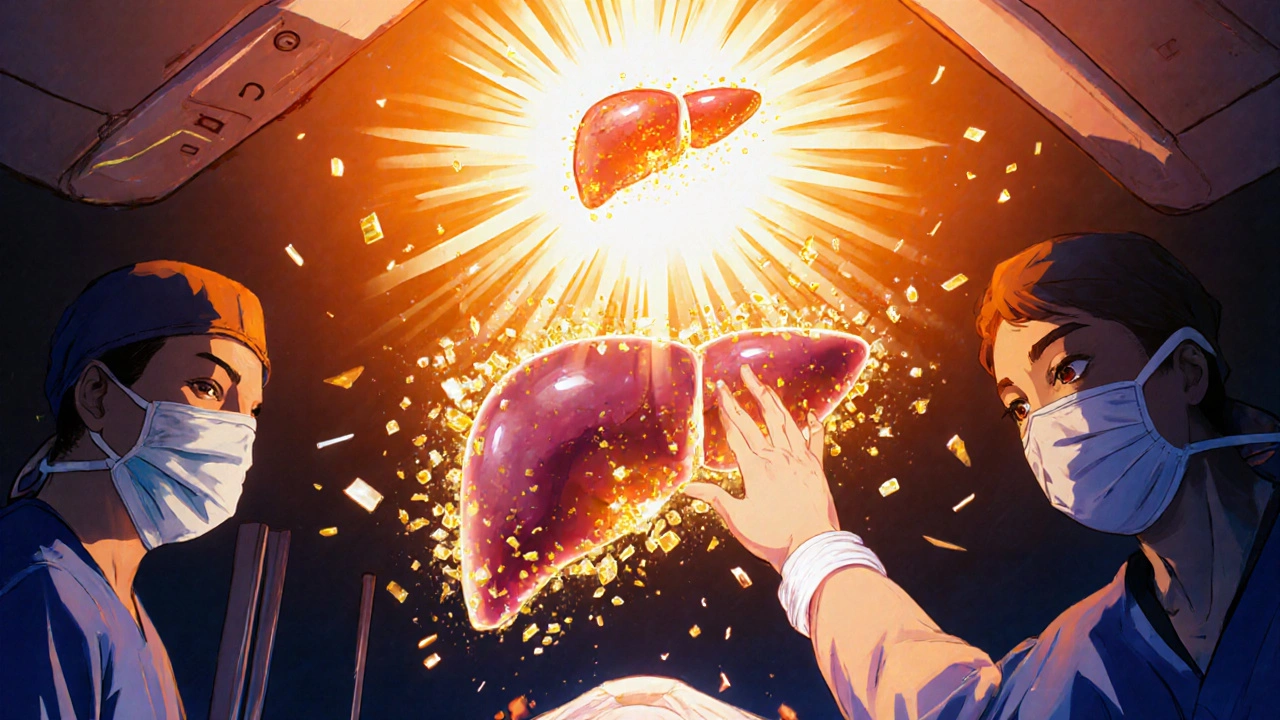
When All Else Fails: Transplant
For the 5-10% of patients whose itching is unbearable and unresponsive to all medications, liver transplant is the only cure. And it works. About 95% of patients report complete resolution of pruritus after transplant. It’s not a decision made lightly. But for those with advanced PBC or PSC, it’s not just about survival-it’s about quality of life. No more scratching. No more anxiety about bedtime. No more hiding your skin.
What Patients Are Saying
On Reddit’s r/liverdisease, one user wrote: “I tried cholestyramine. Mixed it with apple juice and still gagged. Rifampin turned me orange but I slept for the first time in months. Now I’m on maralixibat. No taste, no grit, no nightmares. I feel human again.”
Another shared: “Naltrexone made me feel like I was dying the first week. I quit. My doctor said, ‘Try again, slower.’ I did. Day 10, the itch faded. Now I’m stable. It was worth the hell of week one.”
These aren’t just stories. They’re data points. They show that treatment isn’t one-size-fits-all. What works for one person might break another. The key is patience, persistence, and working with a hepatologist who knows the options.
The Road Ahead
The future of cholestatic pruritus treatment is moving away from broad, messy solutions toward precise, targeted ones. We’re no longer just trying to flush out bile acids-we’re learning how to block the signals that make them hurt.
Autotaxin inhibitors, IBAT blockers, even GLP-1 agonists (yes, diabetes drugs) are showing unexpected promise. Within five years, we’ll likely have multiple targeted options. The goal isn’t just to reduce itch-it’s to restore normal life.
Right now, the system is uneven. Academic centers follow AASLD guidelines. Community doctors? Many still start with antihistamines. Access to maralixibat is limited by cost. But progress is real. Patients are living longer, better lives than ever before.
If you’re dealing with unexplained, persistent itching and have liver disease-don’t settle for antihistamines. Ask about bile acid resins. Ask about rifampin. Ask about the newer options. Your liver might not be working right, but you don’t have to keep suffering.
Why don’t antihistamines work for cholestatic itching?
Antihistamines block histamine, a chemical involved in allergic reactions and typical skin itching. But cholestatic pruritus is caused by bile acids, lysophosphatidic acid (LPA), and endogenous opioids building up in the blood-not histamine. Studies show antihistamines have no significant effect on this type of itch, despite being commonly prescribed. The American Association for the Study of Liver Diseases (AASLD) explicitly recommends against using them as first-line treatment.
Can cholestyramine be taken with other medications?
No, not at the same time. Cholestyramine binds to many drugs in the gut, preventing them from being absorbed. This includes thyroid hormones, warfarin, birth control pills, statins, and antibiotics. To avoid interactions, take cholestyramine at least one hour before or four to six hours after any other medication. Always check with your pharmacist or doctor before combining it with other drugs.
How long does it take for rifampin to work for itching?
Most patients notice improvement in itching within two weeks of starting rifampin. Full effect usually takes four weeks. The dose is typically started at 150 mg daily and increased to 300 mg if needed. It’s important to continue the full course even if symptoms improve, as stopping too soon can lead to a rebound in itching.
Is maralixibat approved for all types of cholestatic pruritus?
Maralixibat is FDA-approved only for pruritus in Alagille syndrome, a rare genetic liver disorder. However, many hepatologists prescribe it off-label for other forms of cholestasis, including primary biliary cholangitis (PBC) and primary sclerosing cholangitis (PSC), based on strong clinical trial results showing significant itch reduction and better tolerability than older treatments like cholestyramine.
What are the side effects of maralixibat?
The most common side effects are gastrointestinal: diarrhea (in about 20% of users), abdominal pain, and vomiting. These are usually mild to moderate and improve over time. Unlike cholestyramine, it doesn’t cause constipation or have a bad taste. It’s taken once daily as a liquid, which many patients find easier to tolerate long-term.
When is a liver transplant considered for cholestatic pruritus?
Liver transplant is considered when pruritus is severe, unresponsive to all medical therapies, and significantly impacts quality of life-especially in patients with advanced liver disease like PBC or PSC. While transplant is a major surgery, it resolves itching in about 95% of cases. It’s not done just for itching alone; it’s typically reserved for patients who also have signs of liver failure, such as jaundice, ascites, or declining liver function tests.
Are there any new drugs in development for cholestatic pruritus?
Yes. Several promising drugs are in late-stage trials. Volixibat, another IBAT inhibitor, showed 52% itch reduction in a 2023 trial. IONIS-AT332-LRx, an antisense drug that targets autotaxin (the enzyme that produces the itch-triggering LPA), reduced pruritus by 58% in phase 2 trials. GLP-1 agonists like semaglutide are also being studied for unexpected anti-itch effects in patients with both diabetes and PBC. These represent a shift from symptom management to targeting the actual biological pathways causing the itch.

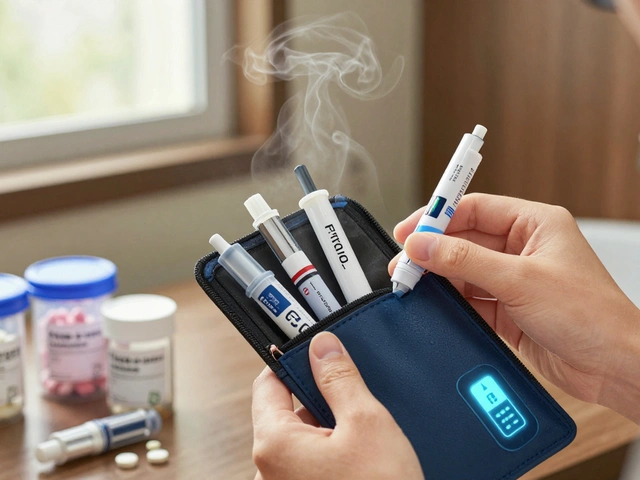
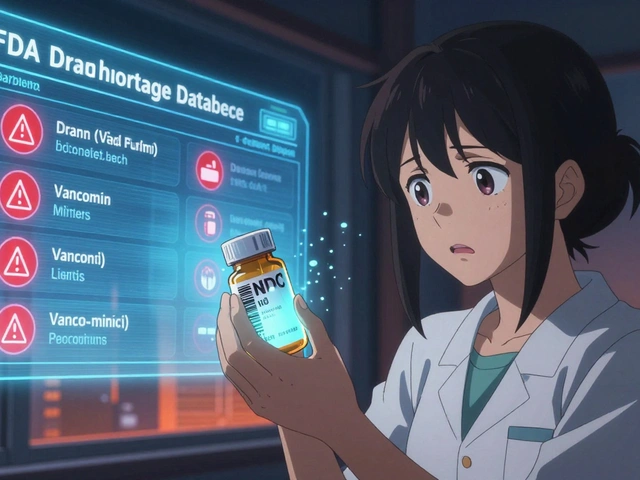
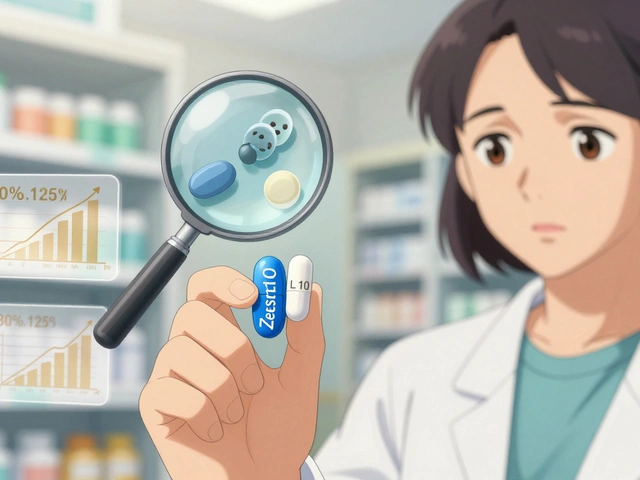
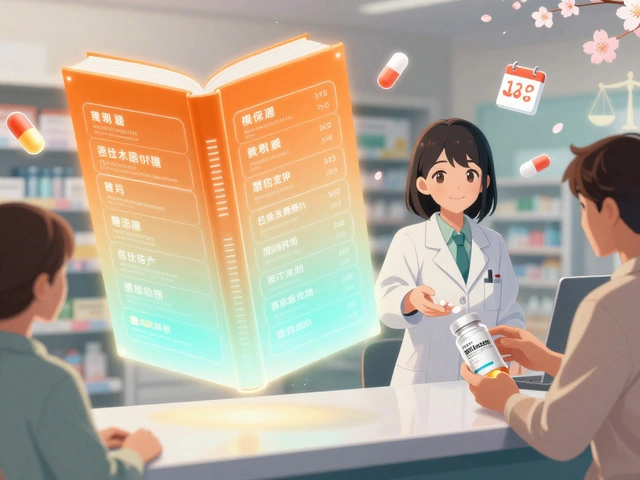
Allison Turner
November 27, 2025 AT 01:22Why is everyone acting like this is new info? I’ve been on cholestyramine since 2018 and it’s still the worst thing I’ve ever swallowed. Wet chalk. With regret. I gave up after two weeks. Then rifampin turned my pee orange and I thought I was dying. It worked. So I kept going. No big deal.
Cecily Bogsprocket
November 27, 2025 AT 16:00I just want to say how deeply I hear you. This isn’t just a symptom-it’s a thief. It steals sleep, joy, dignity. I was diagnosed with PBC three years ago. I tried everything. Antihistamines? Useless. Cholestyramine? I’d cry just opening the tub. Then rifampin. Orange urine? Yeah. But I slept for the first time in 18 months. That’s not a side effect. That’s a miracle. Keep going. You’re not alone.
laura lauraa
November 28, 2025 AT 07:29Oh, please. Another ‘medical breakthrough’ disguised as a pharmaceutical sales pitch. Maralixibat costs $12,500 a month? And we’re supposed to be thrilled? Meanwhile, the FDA approves it for Alagille syndrome-rare, genetic, pediatric-and then lets doctors ‘off-label’ it for the rest of us. Brilliant. Capitalism at its finest. Let’s just sell hope in liquid form. And charge extra for not tasting like regret.
Gayle Jenkins
November 29, 2025 AT 22:54Emma, you’re missing the point. This isn’t about capitalism-it’s about survival. I’ve seen patients cry because they couldn’t afford the medication. I’ve seen others refuse it because they couldn’t tolerate the side effects. The fact that we now have options that don’t feel like punishment? That’s progress. Not perfection. But progress. And that’s worth fighting for.
steve stofelano, jr.
December 1, 2025 AT 09:32As a hepatologist practicing in rural Ohio, I can confirm: 80% of primary care physicians still prescribe diphenhydramine first. They are not malicious. They are simply untrained. Medical education has not kept pace with hepatology. We need better dissemination of guidelines. This post is a vital step. Thank you for articulating what many of us have been screaming into the void.
Savakrit Singh
December 1, 2025 AT 12:13India has zero access to maralixibat. Zero. We have cholestyramine. And sometimes, if we’re lucky, rifampin. But the cost? The logistics? The paperwork? It’s impossible. So we use coconut oil. And prayer. And hope. 🙏😭
sharicka holloway
December 2, 2025 AT 23:04My mom had this. She didn’t even know what cholestasis was. Just kept scratching till her arms bled. We took her to three doctors before someone said ‘try cholestyramine.’ She threw up the first dose. Then cried for three days. But after a month? She slept. She laughed. She didn’t scratch anymore. I wish someone had told us all this sooner.
reshmi mahi
December 3, 2025 AT 01:37Wow America with your $12,500 drugs. In India we have neem oil and yoga. You think your pain is special? We have no meds, no doctors, no insurance. We just endure. And we don’t write essays about it. We just live. 🤷♀️
Jebari Lewis
December 4, 2025 AT 04:10Wait-so we’re saying autotaxin inhibitors could be the next big thing? That’s huge. If they’re blocking LPA at the source, this isn’t just symptom relief-it’s disease modification. Why isn’t this on the front page of every medical journal? Someone needs to push for funding. This deserves a moonshot. I’m donating to the AASLD research fund tonight.
Emma louise
December 4, 2025 AT 17:24Of course the pharmaceutical companies are pushing maralixibat. They don’t care if you itch. They care if you pay. And if you’re poor? Tough. You’ll keep scratching. And maybe die. But hey-at least you didn’t use a drug with a price tag that makes a Tesla look like a bicycle.
Edward Batchelder
December 5, 2025 AT 05:43To everyone who’s suffered through this: you’re not broken. You’re not weak. You’re not failing. You’re fighting a disease that most doctors still don’t understand. Keep asking. Keep pushing. Keep advocating. And if you’re a clinician reading this? Please, for the love of everything holy-stop prescribing antihistamines. There’s a better way.
Asha Jijen
December 6, 2025 AT 12:59I tried naltrexone and it made me feel like I was being gutted alive for a week. But then one morning I woke up and the itch was gone. Like someone turned off a switch. I didn’t even cry. I just sat there. And breathed. That’s all I’ve wanted for two years. Just to breathe. No more scratching. Just breathing.